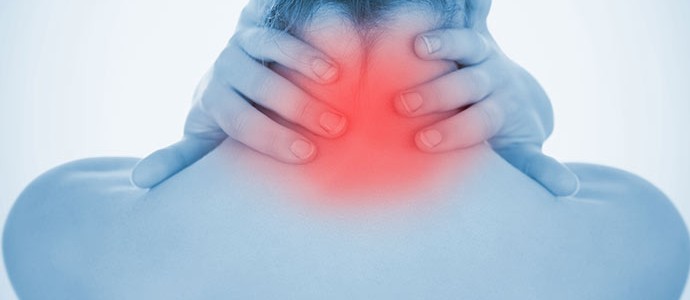Degenerative
Aging of the Cervical Spine in Healthy Volunteers A 10-Year Longitudinal Magnetic Resonance Imaging Study
- Okada E, Matsumoto M, Ichihara D, Chiba K, Toyama Y, Fujiwara H, Momoshima S, Nishiwaki Y, Hashimoto T, Ogawa J
- SPINE | 34 (7) | April 2009

Prospective longitudinal study. Mean follow-up. It is 11.7 + .8 years
223 subjects of original 497 asymtomatic volunteers from asymptomatic volunteers from 1993 to 1996 returned for a repeat MRI more than 10 years after the original MRI. 44.9%
Mean age at the time of initial imaging was 39.0 ± 15 years. At the time of this follow-up study, age was 50.5 ± 15 years. Interval between the previous and present imaging studies averaged 11.7 ± 0.8 years.
Occupation stratification was similar for the 2 groups.
Each participant filled out a questionnaire. Neurologic examinations were then conducted by for orthopedic spinal surgeons.
Questionnaire information included those who regularly participated in sports activities at least once a week. Smoking history. Alcohol consumption. And body mass index over 25 being considered obese.
1.5 Tesla MRI imaging was utilized.
Present in previous MRI films were independently read by two experienced neuro radiologists in a blinded fashion.
MRIs were graded for 1. Decrease in signal intensity of the intervertebral disc. 2. Anterior compression of the dura and spinal cord. 3. Posterior disc protrusion. 4. Disc space narrowing. 5. Foraminal compression.
Results: 84.8% of subjects had progression of degeneration and at least 1 of the MRI findings. Further filtering of data indicates subjects between the ages of 20-40s had progression of signal intensity changes to the desk, anterior compression of the dura, and posterior disc protrusion at a higher rate. Subjects over the age of 50 had higher rates of disc space narrowing and foraminal narrowing.
For all subjects, the incidence of degenerative changes was highest at C5-C6, followed by C6-C7 then C4-C5.
Over the 11 year interval, 9.9% of Subjects developed neck pain. 30% developed stiff shoulders. 4% developed numbness to the upper extremities.
No subject underwent cervical spinal surgery during the 11 year follow-up.
Discussion:
Degeneration occurs in 81% of initially asymptomatic subjects over a 10 year. Disc space narrowing and foraminal stenosis was age-dependent, occurring more frequently and subjects over the age of 50.
Development of signal changes to the disc, anterior compression of the dura, and posterior disc protrusion was higher in subjects of age 20-49 compared to the older population.
Interestingly in this study, history of smoking, history of occupation, history of alcohol, and obesity had no effect on presence of accelerated degeneration.
For subjects who developed neck pain, stiff shoulders and numbness to the extremities, there was more frequent progression of disc degeneration on MRI.
Overall an interesting study. While follow-up rate from the original group was less 50%, the population evaluated had similar occupational and demographic profiles.
The study does confirm that with passing of time, there is more degeneration of the spine. This confirms that the spine ages over time. Also, with these longitudinal studies, we know that there is development of degeneration of the disks, and confirms that the natural process typically affects C5-C6, and C6-C7 before other levels. The study does not address any specific issues about adjacent level disc disease. On the other hand, it demonstrates that disc degeneration over time is expected.
A recent publication of 20 year followup on this same population has been published, but with only 18% followup, it may be hard to draw any longitudinal conclusion (Clin Spine Surg. 2018 Dec;31(10):446-451. doi: 10.1097/BSD.0000000000000706 Twenty-year Longitudinal Follow-up MRI Study of Asymptomatic Volunteers: The Impact of Cervical Alignment on Disk Degeneration.)
This is a Japanese population. This may not apply to other populations. On the other hand, the study still provides useful information about the natural history of spine degeneration. This information will add to the continued discussion on adjacent level degeneration, and the effects of natural history vs surgical intervention.


Comments (0)
Note: We honor your privacy and will not disclose or share your email address with any third-party. Your email address will not be published, and is only used for the purposes of replies and notifications pertaining to these comments.